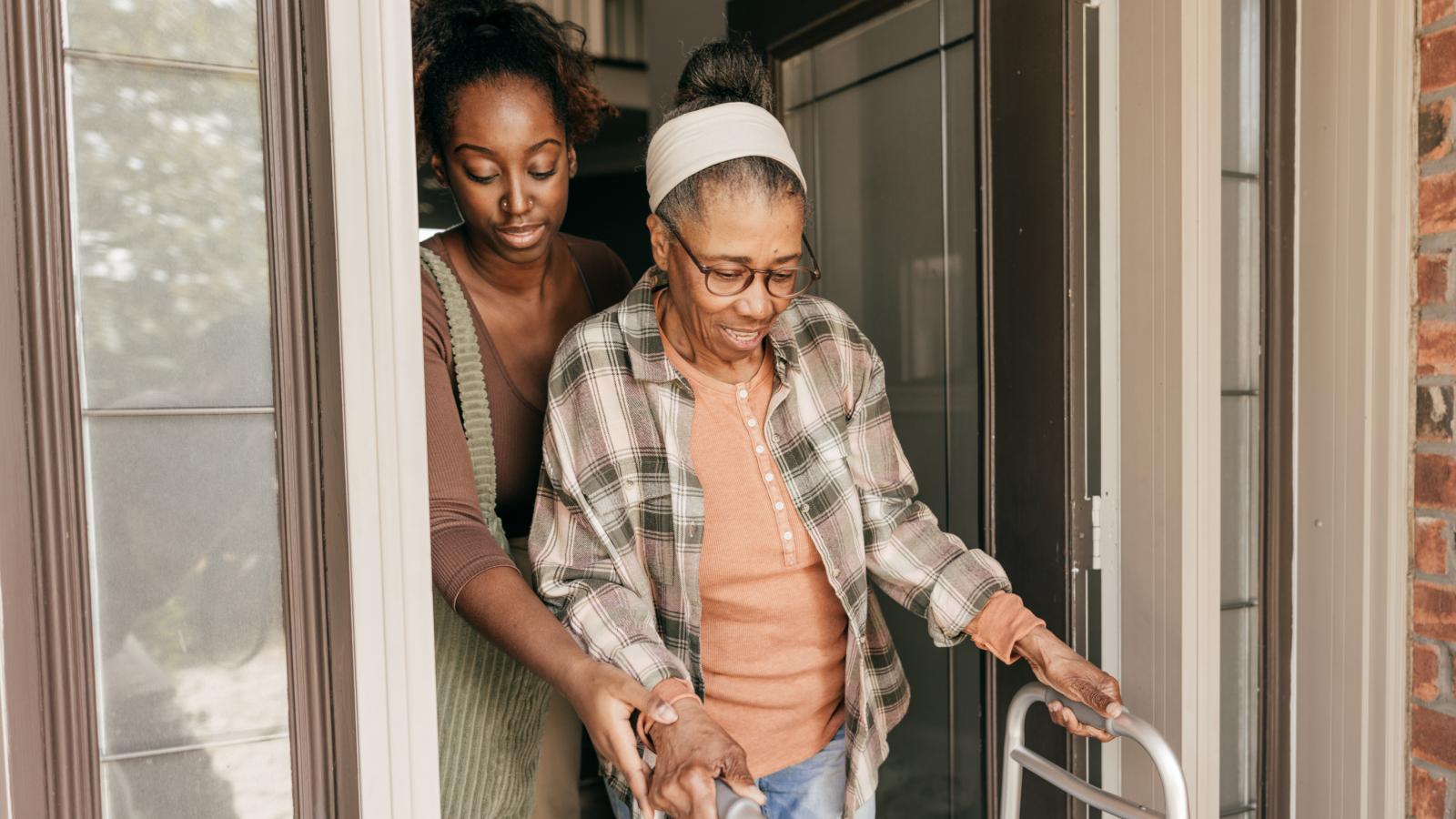From Workforce to “Careforce”

Caregiving needs are on the rise in the US. While some hire professional caregiving help for their loved ones, many others must step in themselves. This is particularly true for women, who are leaving the workforce in record numbers due to the challenges of balancing work and caregiving duties.
Women are 5x more likely than men to say they've left the workforce because they’re caring for others.¹
Only over a third (36%) of caregivers report “very good” mental health, and 27% say that their caregiving responsibilities cause them a great deal of stress. In fact, of those caregivers who took a paid leave of absence from work, more than a third (37%) said that it was due to mental health needs, and they participated in mental health counseling during their leave.
The struggle to balance stress and mental health is especially true for single parents, parents of special needs children, and “sandwich generation” caregivers.
When organizations invest in solutions that foster a flexible work environment in which caregiving responsibilities are recognized and respected, it can have a profound, positive effect on working caregivers' overall well-being.
Download the report
Learn how the balance of caregiving and work responsibilities are affecting today's workforce, and what kind of support they need most.
More research on caregiving in America:
